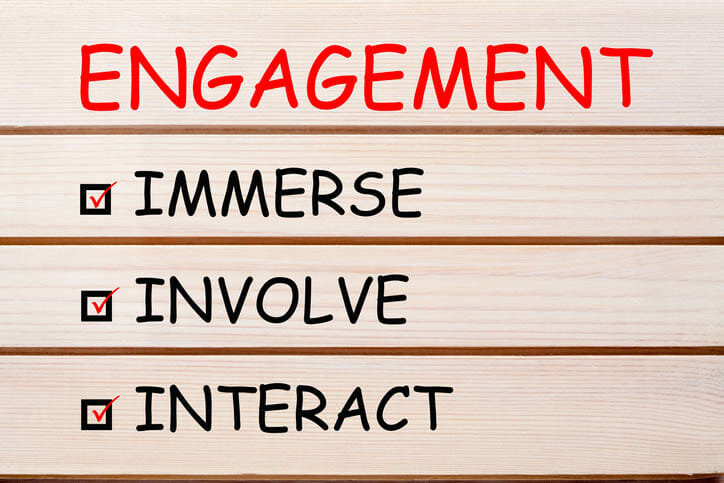During the last three months, I had the opportunity and privilege to participate in a work program that collaboratively raises standards for learning and teaching, leading students to the highest levels of engagement and success. This was an eye-opening experience, allowing me to evaluate my own teaching practices in higher education and giving me additional tools to be more adventurous as I continue on with my role in academia.
Here are my five takeaways from the experience:
1. Make sure your students are actively learning enough.
Current evidence in higher learning no longer supports the effectiveness of sole lectures in the classroom setting. Instead, increase use of Active Learning Strategies (ALS) in the classroom setting to offer improved student learning and outcomes. Examples of ALS include: Minute Paper, Think-Pair-Share, Small and Large Groups, Role Playing, Storytelling, etc. One of the biggest student complaints with ALS is the idea that students are teaching themselves. When properly implemented, ALS helps to initiate learners and faculties into effective ways to help learners engage in activities that encourage deep learning.
2. Traditional “lecturing” still has a place in the classroom.
Many educators are considered the “experts” and offer a wealth of knowledge when they step foot in their classrooms. Most of us are familiar with traditional lectures in the classroom setting, where we had a professor “lecture” for hours in front of the classroom. However, many can argue that these professors are not necessarily “Sages on the Stage” but rather “Bores at the Board” for the majority of the time. Do not forget that higher education encourages educators to be more “Guides on the Sides” and become facilitators of student learning as they guide them from the sideline. Whichever method you choose to do in the classroom, you must be humble enough to accept if certain practices require tweaking for improvement.
3. Preparing the adult brain for learning: Evidence has shown that deep learning requires the adult brain learner to be primed.
But how does one prepare the brain to be at the optimal state in which the learner is alert and focused on learning? Several techniques have been noted to help students learn best, including but not limited to: Breathing Exercises, Nutrition, Music, Aroma, and Visualization. All these techniques work in various ways, but more importantly can help in how the adult brain is able to process information. How are you helping prepare your students for learning?
4. Technology belongs in the classroom.
Imagine a classroom without technology… For most of us, this can be very strange, as we are surrounded by technology on a regular basis. And our students are ALWAYS using technology, whether they are using laptops or tablets to take notes or their own personal devices (mobile phones) to stay in touch with their social media world. We must embrace that technology is here to stay, and figure out better solutions in including them in the classroom setting.
5. As educators, we must also be willing to learn (from peers and our own students).
Just because we have completed our studies and are now educators does not preclude us from learning new things. We must never cease to inquire and acquire knowledge. If anything, being an educator challenges us to be the best that we can possibly be for the students that we serve.
What has been your experience with student learning, both good and bad? Please share your own experiences, as I want to better myself as an educator. To be able to meet the students from where they are at, and take them on their own educational journey!
- Applying Higher Learning in the Classroom - December 4, 2018



